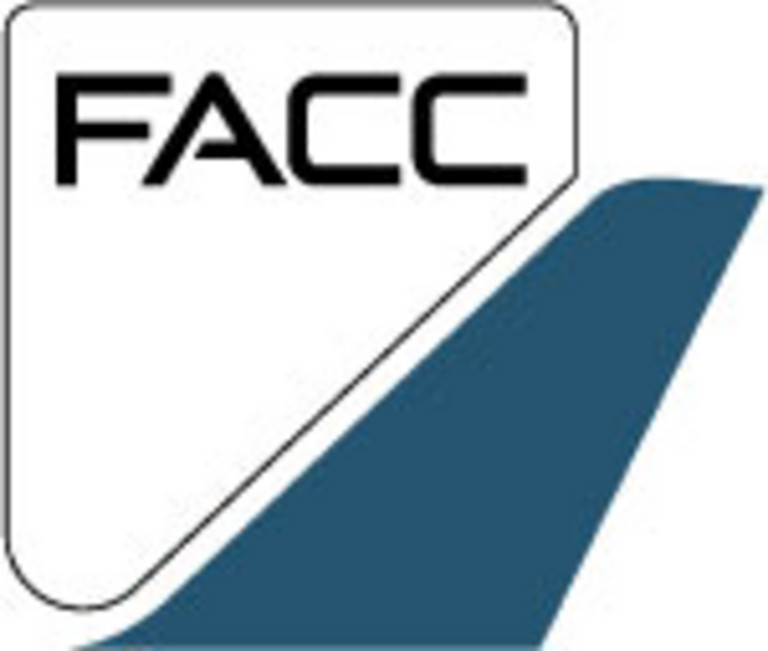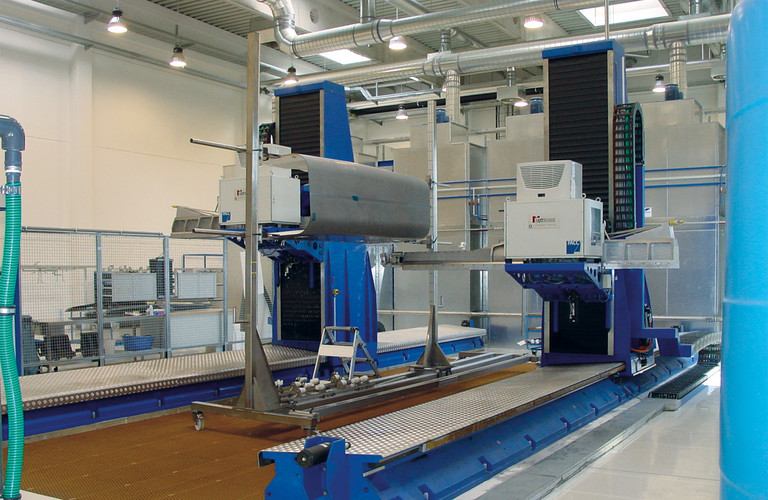A unique measuring system in the aviation industry
It all started in 1924 with wooden skis at a company called Fischer in Reid, Austria. Today the company is a supplier for the aviation industry and ensures that the high demands of their customers are met using a unique measuring system controlled by Axium Power.
The company designed this technological development strictly for the ski market but joined the exclusive club of supplying the aviation industry in 1981, due to its wide knowledge of machining glass-fibre fortified plastics. Today around 1200 staff work at the spin-off called FACC (Fischer Advanced Composite Components) established in 1989, producing interior fittings and structural parts for the aviation industry, including for Airbus A380.
Non-destructive work piece testing
The end product is impregnated with synthetic resin, reinforced with fabric layers approx. one tenth of a millimetre and then laid out in steel forms until the required product thickness is reached. The form is polymerised out in autoclaves under pressure in heat, which gives it its final strength. The final form is then reached once it is milled to trim off any excess.
The requirements are very demanding for these aviation products: each individual part must be inspected and logged. Non-destructive ultra-sound testing checks for any air bubbles or porous, areas which have formed, or to see if any foreign objects have become trapped during the laminating process. FACC uses a system created by the companies it works with: Leitner took care of the construction, Perndorfer Maschinenbau was responsible for the mechanics, Nutronics contributed the ultra-sound technology and NUM was in charge of coordinating and operating the 11 axes.
Tough requirements with 11 axes
The new testing system at FACC breaks new technical ground with its two robot towers instead of the usual portal solution. The water column on each robot arm conducts the ultra-sound and must simultaneously meet the same point, at the same angle precisely, whilst also checking the whole surface of the work piece. The fast and precise coordination of the robot arms requires a full 11 axes interpolation (2 x five plus one) which is extremely difficult and challenging to achieve.
One special feature is the sychromesh gear in both the 3D heads, which drives both sychronized motors for rotating B and C. This is patented by Perndorfer. The axes are run by Axium Power CNC and NUM Drive servodrives at high-precision, even up to 90 m/min.
The engineer, Helmut Höller, Head of QA Inspection at FACC, summarises: “Although the decision to build this system involved a great risk for us, to my knowledge there is nothing comparable to it. The results speak for themselves and we are extremely satisfied.”
Written by: Dieter Schaufler, MEGAtech trade magazine
(May 2007)

